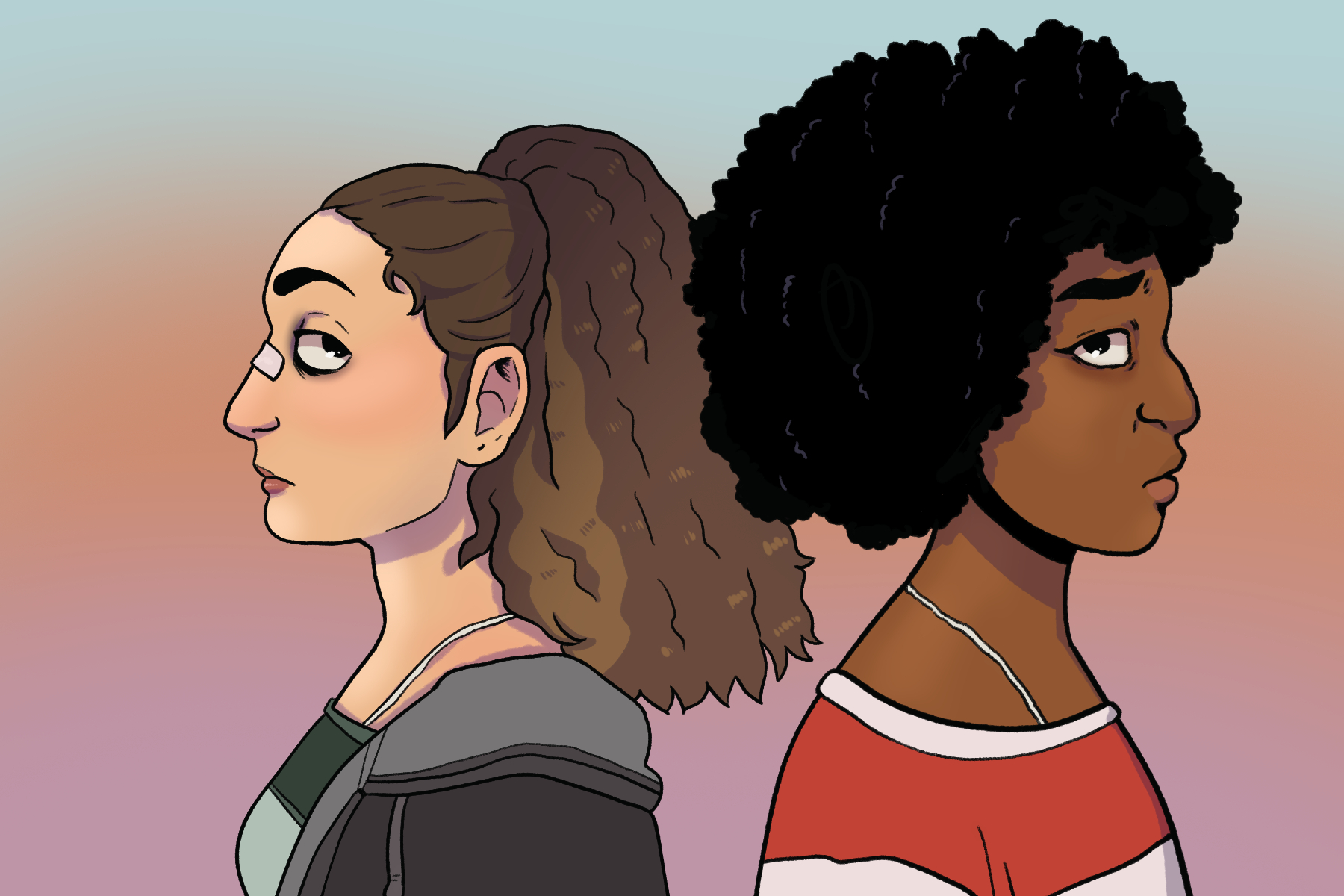Imagine: Two loser lesbians start an all-girls fight club to avoid expulsion. They host it at their high school as their male history teacher “advises.” Neither the girls nor their sponsor know anything about self-defense. That doesn’t matter, though. “Empowering their female peers” was never the goal. The club’s purpose shifts from saving the best friends from trouble to an excuse for them to romantically entice their sparring partners. The concept seems like a pipe dream. However, it’s Josie and PJ’s reality in the new film, “Bottoms.”
The raunchy comedy released in a limited number of U.S. theaters on Aug. 25, 2023. On those 10 screens alone, the film averaged over $50,000 for each venue. This figure was record-breaking. According to SlashFilm, the film “now holds the distinction of the best per-screen average of the pandemic era for a movie that opened on ten screens or more.” A24’s “Everything Everywhere All at Once” previously held that record, which marks a notable feat on behalf of “Bottoms.”
Such success comes at no surprise. With its relatable, flawed protagonists and a seemingly simple, yet entertaining, storyline, “Bottoms” deserves the title of “cult classic.” Its instant adoration among teen and young adult viewers even compares to the likes of “Clueless” and “Mean Girls.” However, “Bottoms” presents something its predecessors lacked – queer female representation.
PJ and Josie, played by Rachel Sennott and Ayo Edebiri respectively, take on the role of the school’s “ugly, untalented gays.” After committing a crime against humanity (lightly tapping the school’s quarterback with their car’s bumper) the girls are sent to the principal’s office. He threatens to expel them, that is, until they assure him they were only “practicing” for their nonexistent self-defense club. Given the impending football game with their notoriously violent rival team, he immediately approves the fabricationThe circumstances are extreme and unrealistic, but these jokes build upon the film’s absurd foundation.
PJ and Josie display authentic versions of 21st century high school lesbians who are out of the closet. Although the film operates as a blatant satire, the pervasive homophobia is evident throughout. On top of being “ugly” and “talentless,” everyone bullies the pair because of their sexual preference. Though dramatized, this attitude depicts a very real experience for queer youth across the nation.
Thus, the image of two unlikely lesbian protagonists beating the odds feels like somewhat of a relief and comfort for queer and straight audiences alike.
While hidden from their peers, the duo’s motivations are shamelessly selfish. The girls want to lose their virginity to stereotypically beautiful cheerleaders. What more could be expected of two lonely seniors about to graduate? The rendering seems entirely anti-feminist at first glance. Rather, it’s a reprieve for the lead female characters to be human, and therefore, imperfect for a change. While their intent may be questionable, PJ and Josie give voice to the desperation that even heroes can exhibit. They’re faulty just as any teenagers would be. Both of them make mistakes. Like all champions, they learn from them and end up better for it.
The girls’ scheme to get to cheerleaders Brittany and Isabel actually results in an unexpected demonstration of feminism, despite their original objective. As they carry out their fight club plans, learning along the way, PJ and Josie unintentionally build a supportive network of girls who will protect each other at all costs. The group’s boundless sympathy proves to be the real thing even after the duo’s plans go awry. It’s refreshing to see that, when it matters, female friends will indeed be there for each other, undeterred by petty impulses.
Although the female characters prevail as genuine, almost everything else about the film is entirely comical. Fear not, though, “Bottoms” does satire right. Even though everything appears completely ludicrous, from the caged all-star school wrestler to the historical liberties taught by Mr. G, nothing presents itself as too unbelievable to where sense and humor is lost. Instead, every detail is just acceptable enough to elicit laughter from the whole audience. The humor is constant. One joke spills in right after the other, barely providing viewers enough time to recover from the last gag. No aspect of the film takes itself too seriously, making for an optimal screening experience for a range of audience members.
On top of the constant comedy inherent to the film, the actresses do an excellent job of playing convincing teenage girls. They’re sarcastic, moody and awkward, a hilarious combination for both of the leads. In addition, the pair portrays teenage friendship even more accurately. It’s hard to conceive that Sennott and Edebiri haven’t been friends since childhood, since they showcase that kind of close relationship with such precision. They tell each other everything. By effect, the audience feels like they, too, are part of the quirky and loving dynamic the actresses illustrate. This quality only contributes to the blanket of safety “Bottoms” wraps around its audience; It’s okay to laugh, you’re with your best friends.
The list of reasons as to why “Bottoms” deserves such esteem is endless. The comedic satire is genius. PJ and Josie, their defects notwithstanding, are lovable. Even the music happens to be perfectly picked.
Only a loser would miss this chance to watch this pop culture moment.

















